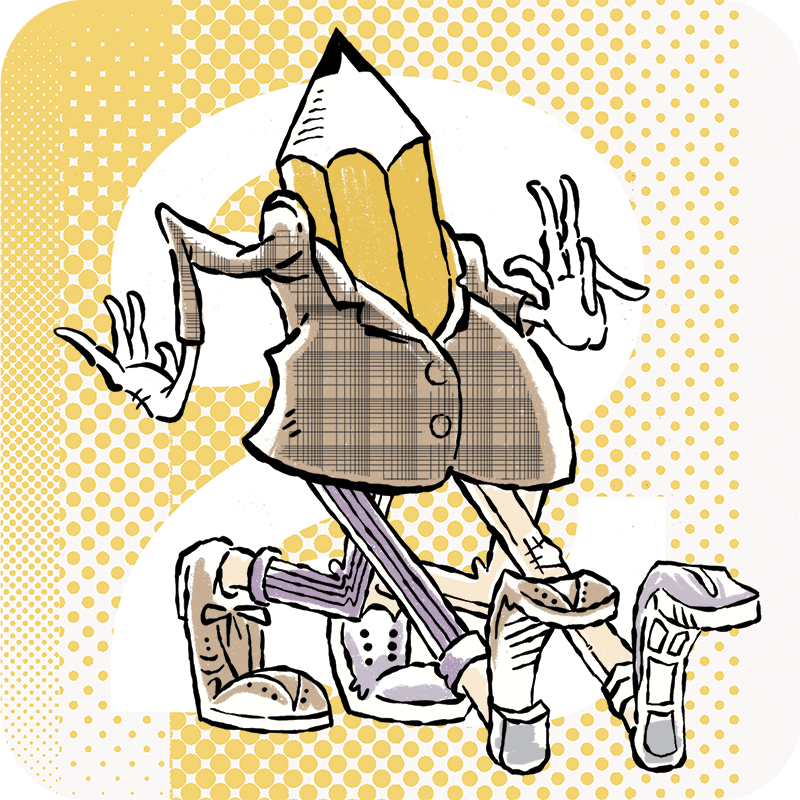When Bad Art is Secretly Good - Part 2
As we begin our second post about good bad art, let’s hit rewind for a moment and quickly recap how we got to now: Andy Warhol, who was a big ol’ bundle of contradictions, took commonplace people and objects and presented them in a new but culturally accessible way, rocketing to fame in the process.
Okay, so the guy was using his work to recombine the familiar in new ways to make a statement and help us see something again for the first time.
Warhol has been gone since 1987. It’s been a minute. So who is our “Warhol" now?
We propose three potential candidates.
First, we begin with another globally-recognized artist and political activist: Banksy. Well, “recognized” may be the wrong word, since to this day no one can prove who “he” really is. Originating in the underground art and music scene of 1990s Bristol, England, his satirical and subversive street art combines humor and social commentary with graffiti. Like Warhol, he even uses stencils in his work, but unlike Warhol, most of his work is on highly visible public-facing surfaces and is meant to be temporary. He’s even been recognized in film for his documentary Exit Through the Gift Shop.
Second, speaking of film, it’s impossible to ignore a very influential filmmaker and the king of genres and mash-ups, Quentin Tarantino. His movies are characterized by stylized violence, extended dialogue, frequent profanity and ample pop culture references. He found success fairly early with his second film (and arguably his masterpiece) Pulp Fiction. Crime, revenge, blaxploitation, martial arts, horror, exploitation, war, Westerns (traditional and spaghetti), and the movie industry itself have all been topics in one or more of his films. The guy is a walking encyclopedia (and former video store employee), taking what we are familiar with and recombining it into something ownable and new, just like our friend Andy.
And third, you can’t turn your head away from music and sampling, so we bring you DJ Shadow and the phenomenon of plunderphonics. Influenced by funk, rock, hip hop, ambient, jazz, soul, and any other used records he happened to lay his hands on as a disc jockey for his college radio station—and building on four-tack experiments begun in high school—he felt sample-based work was far more liberating than more traditional lyric-based music. After piecemeal releases and production work, he released Endtroducing…, which was his first full-length release and the world’s first album composed of reused sounds, built almost entirely on a single sampler over a two year period.
All three artists produce work that has received critical acclaim, has influenced other creatives and has spread (directly and indirectly) into the mainstream. Their sometimes polarizing output depends upon deep pop culture knowledge. They not only mix, sample and reuse but also create something new to push the envelope. You may not like it. You may not understand it. But you’ve gotta admit you can’t ignore it.
But these are our three. You likely have yours. So gather around the bar with us and let us know who you’d have on your list. Regardless of who we end up talking about, our guess is Andy would have been a fan.
